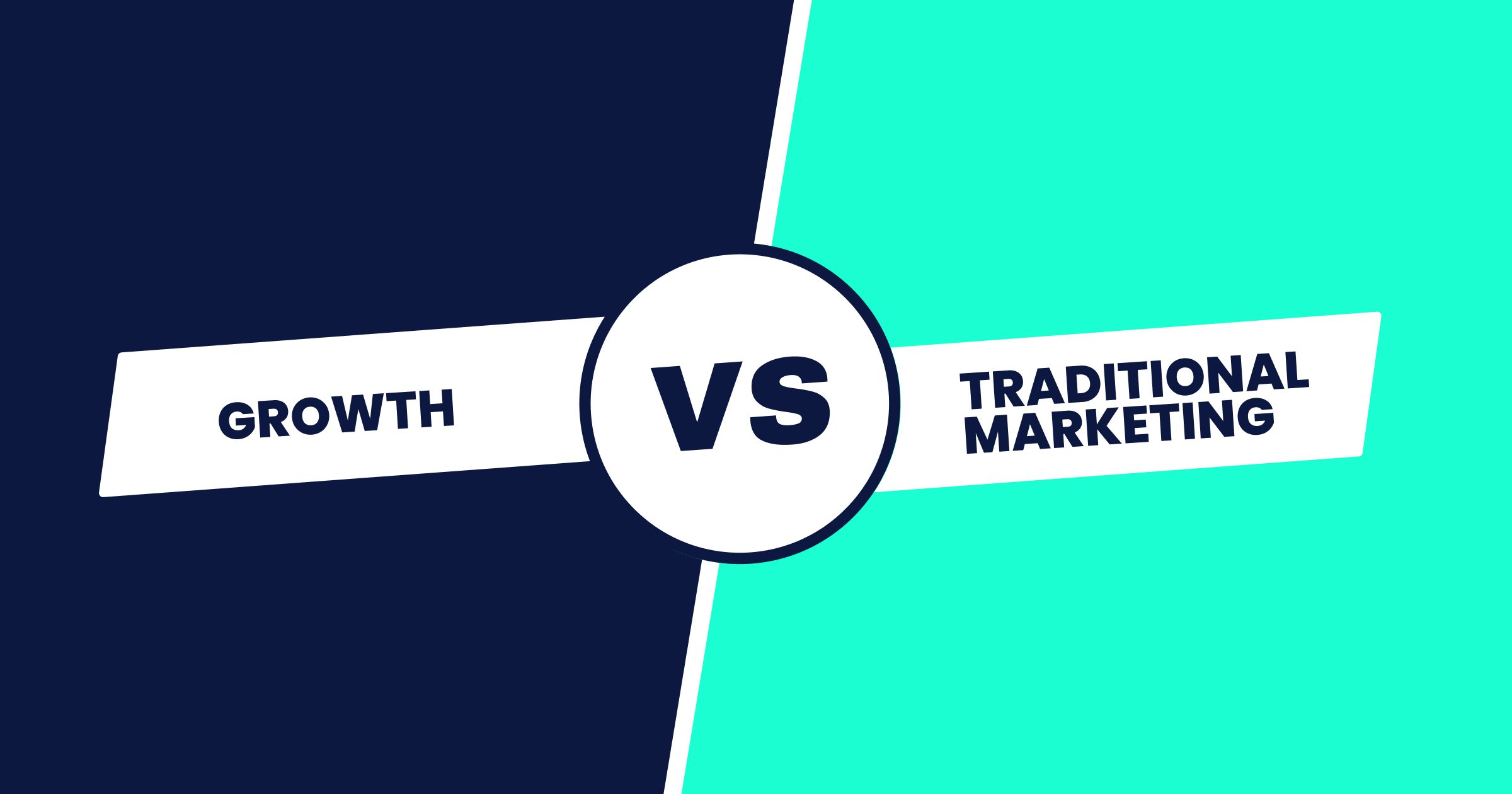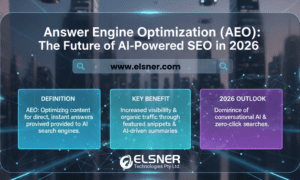E-commerce marketing is undergoing a significant shift from traditional branding to performance-driven strategies. As competition intensifies, acquisition costs rise, and profitability becomes more challenging, brands are increasingly focusing on measurable outcomes rather than broad, awareness-driven campaigns. Performance marketing, backed by data-driven execution, is now the cornerstone of success in the digital marketplace.
With platforms prioritizing relevance and engagement over mere visibility, e-commerce sellers must adapt quickly to stay competitive. Performance marketing allows brands to target specific customer segments, optimize ad spend, and track key metrics like CTR, conversion rates, and ROAS, ensuring every dollar spent delivers tangible results.
This article explores why performance-driven marketing is replacing traditional branding and how modern marketplace sellers can leverage these strategies to thrive in the evolving e-commerce landscape.
Why Traditional Branding Alone No Longer Works
In the rapidly evolving world of e-commerce, performance-driven marketing has quickly overtaken traditional branding strategies. With increasing competition and rising ad costs, online brands are shifting focus from broad, awareness-driven campaigns to data-backed performance marketing that directly drives sales and measurable results.
Performance-driven marketing allows brands to target specific audience segments based on data, optimizing ads in real time to maximize return on ad spend (ROAS).
Studies show that performance marketing strategies lead to a 20-30% increase in sales for businesses that adopt them, especially when combined with AI-powered insights.
This approach contrasts with traditional branding, which relies more on long-term visibility and brand recognition without immediate sales metrics. One of the key factors driving this shift is the ability to track and measure the effectiveness of each campaign.
According to eMarketer, over 70% of brands are now prioritizing performance marketing for its measurable impact, particularly in paid social media and search engine ads. Furthermore, performance-driven marketing aligns better with consumer behavior.
For the e-commerce industry looking to stay competitive, embracing performance‑driven marketing tactics for marketplace sellers isn’t just a trend; it’s a necessity to drive growth in an increasingly crowded online marketplace.
The Rise of Performance-Driven Marketing in E-commerce
- What does “performance-driven” really mean?
In the world of digital commerce, performance-driven marketing ensures that every dollar spent has a measurable impact on business growth. Unlike traditional branding, which focuses on awareness without clear metrics, performance-driven strategies are about optimizing key metrics.
These are the Click-Through Rate (CTR), Conversion Rate (CVR), Total Advertising Cost of Sales (TACoS), Return on Ad Spend (ROAS), and overall profitability. The goal is to maximize efficiency and sales while minimizing wasted spend.
A recent eMarketer study found that brands prioritizing performance marketing see up to 30% higher ROAS compared to traditional methods.
By continuously optimizing these metrics, e-commerce businesses can drive consistent growth, making performance-driven marketing a non-negotiable for competitive brands looking to thrive in today’s data-driven marketplace.
- Why brands favor performance over aesthetics
In online selling, the focus is shifting from aesthetics to performance. Marketplaces like Amazon reward relevance, conversion rates, and listing quality because these factors directly impact the customer experience and drive sales.
Unlike traditional retail, where aesthetics often play a larger role, performance metrics like CTR, CVR, and ROAS are key to ranking higher and appearing in search results. Performance-driven marketing not only improves immediate sales but also impacts organic ranking.
Sellers who optimize their listings and advertising spend see better visibility and more consistent growth. Optimizing advertising spend for Amazon sellers is critical, as the marketplace algorithm favors listings that convert well and engage users.
In 2024, over 70% of Amazon sales are influenced by organic ranking, making performance-focused strategies essential for sustainable success.
- Brands are shifting budgets from storytelling to optimization
As competition intensifies, brands are reallocating their budgets from broad storytelling campaigns to more targeted, performance-driven strategies. More money is now being spent on PPC, product page optimization, and conversion-focused infographics for sellers that directly impact sales and visibility.
Long-tail keywords are now strategically used in product listings, helping sellers reach highly targeted audiences and improve conversion rates. For Amazon sellers, optimizing advertising spend has become crucial, as the marketplace rewards listings that drive results. This means investing in better creatives and product pages that convert.
By aligning with customer intent and enhancing listing quality, sellers can achieve better organic ranking, making their ads and content work harder and smarter. As AI and data analytics play a larger role, performance-focused budgets are now essential for sustained growth.
The Technology Behind the Shift
As performance-driven marketing becomes the norm, the tools driving this change are essential for e-commerce success. Here’s how technology is reshaping online selling:
- AI-driven advertising tools
- Automated bidding: AI adjusts bids in real-time, ensuring optimal ad spend and ROI.
- Search term analysis: AI helps identify high-performing keywords, reducing wasted ad spend.
- Waste reduction: AI automatically pauses low-performing campaigns, saving budget.
- Predictive audience modeling: AI forecasts which customers are most likely to convert, improving targeting precision.
- Smart, creative, and conversion testing
- A/B testing at scale: AI allows continuous testing of creatives, ensuring only the highest-converting designs are used.
- AI-enhanced images and listing design: AI tools automatically optimize images and listings for higher engagement and conversions.
- Data analytics
- Listing data: Insights into which products are performing best.
- Behavior data: Tracks how customers interact with listings and ads.
- Keyword trends: AI helps spot emerging keywords and market opportunities.
- Marketplace insights: Real-time data allows for immediate strategy adjustments.
By leveraging e-commerce marketing automation tools for better conversions, businesses can make faster, smarter decisions, ensuring efficient growth without wasted resources.
Creative Quality Now Directly Impacts Performance
- Better creatives improve ad efficiency
In today’s e-commerce landscape, creative quality is no longer a “nice to have”; it is a direct performance driver. Brands that improve ad efficiency with better creatives consistently see stronger campaign results, and now reward ads that keep users engaged.
Research shows that over 56% of a campaign’s success comes from creative quality alone, making visuals one of the most influential levers in performance marketing.
High-impact visuals reduce friction, communicate value faster, and capture attention within the first two seconds, a critical window in digital advertising. Strong creatives also reduce CPC, increase click-through rates, and deliver higher return on ad spend, allowing brands to scale profitably even in competitive markets. It helps the marketplace sellers to reduce CPC by 20-30% and increase ROAS by up to 40%.
Modern algorithms favor ads that maintain engagement, meaning poor creatives get penalized with higher costs and weaker reach. For performance-driven e-commerce brands, investing in better visuals is a measurable way to boost efficiency, improve ROAS, and maximize every marketing dollar spent.
- Product page content drives conversion
In the competitive world of online selling, product page content plays a critical role in driving conversions. A+ Content, infographics, and videos are powerful tools that not only enhance the visual appeal of product pages but also build trust with consumers.
Studies show that A+ Content can increase sales by up to 10%, as it provides detailed information that buyers value when making purchasing decisions
High-quality visuals, such as product images, videos, and infographics, further contribute by offering a clearer, more engaging view of the product. Consumers today are more discerning than ever; 73% of shoppers say product content is a key factor in their purchasing decisions.
With the right mix of compelling visuals and informative content, marketplace sellers can not only improve their conversion rates but also elevate the overall customer experience. Optimized product pages with A+ Content create a deeper connection, leading to higher trust and better performance in sales.
- Marketplaces are ranking listings based on performance
Marketplaces like Amazon are increasingly relying on performance signals to determine product rankings. Click-through rate (CTR) and conversion rates are now key factors that influence organic visibility. Products that attract higher clicks and conversions signal to the platform that they meet customer needs, which leads to better rankings in search results.
Research shows that Amazon’s A9 algorithm favors listings with strong engagement metrics, directly impacting both paid and organic traffic. Improving product ranking on Amazon with higher CTR is essential for standing out among competitors.
When a listing achieves higher CTR and conversion rates, it not only boosts visibility but also creates a feedback loop, bringing in more traffic and sales. Sellers can enhance these performance signals by optimizing product images, crafting compelling titles, and improving the overall user experience, which helps their listings climb higher in search results, ultimately driving increased sales.
Why Performance Marketing Builds Better Long-Term Brands
- Data-led messaging becomes more relevant
Performance marketing allows brands to gain valuable insights into what customers truly respond to, making data-led messaging an essential part of building long-term brand success. By tracking key performance indicators such as click-through rates (CTR), conversion rates, and customer engagement, brands can tailor their messaging to be more relevant and impactful.
According to HubSpot, data-driven marketing is 5 times more likely to yield higher returns compared to generic marketing approaches. This data not only helps refine messaging but also enables e-commerce brands to craft targeted campaigns that resonate with their audience’s needs, interests, and behaviors.
As brands continually collect and analyze performance data, they can optimize their messaging for better personalization, ensuring it connects with the right customers at the right time. The beauty of data-driven marketing is its ability to evolve with changing customer preferences. Brands learn what works and what doesn’t, which means their messaging becomes increasingly more precise and effective. Over time, this leads to stronger brand loyalty, higher conversion rates, and a deeper understanding of the market, ensuring long-term growth.
- Profitability stays intact while scaling
One of the key advantages of performance marketing is its ability to maintain profitability while scaling. As brands expand their marketing efforts, performance marketing ensures that budgets are spent efficiently, eliminating waste and optimizing return on investment (ROI).
By focusing on measurable outcomes such as clicks, conversions, and customer acquisition costs, performance marketing allows brands to directly link spending with results. Research from eMarketer shows that performance marketing campaigns can generate a 3x higher ROI compared to traditional advertising methods.
With performance marketing, brands can scale their campaigns without increasing their budget disproportionately, ensuring that profitability remains consistent. Furthermore, performance marketing platforms like Amazon allow sellers to set clear budget caps and adjust bids based on campaign performance.
This flexibility means that as a brand grows, it can continue to allocate resources effectively, increasing revenue without sacrificing profit margins. By optimizing each marketing dollar, performance marketing eliminates budget waste, ensuring a sustainable path to growth.
How E-commerce Sellers Can Transition to Performance-Driven Marketing
- Audit your creative and listings: Review your product pages and ad creatives to ensure they align with customer needs and drive conversions. Optimize titles, images, descriptions, and call-to-actions based on performance data.
- Shift ad budgets toward measurable results: Allocate more budget to ads that directly contribute to sales or leads. Focus on performance metrics like CTR, CPC, and ROAS rather than broad impressions.
- Adopt hybrid automation tools: Leverage AI-driven tools that automate tasks while allowing for strategic oversight. Use automation software that optimizes bids, tracks performance, and improves targeting, but maintains manual control for key decisions.
- Use data dashboards instead of vanity metrics: Focus on actionable data through performance dashboards and track conversions, cost per acquisition, and return on investment. Avoid relying on vanity metrics like likes or views that don’t drive sales.
- Align marketing with operational efficiency: Ensure your marketing strategies align with inventory, fulfillment, and customer service to create a seamless experience. Optimizing operations improves overall customer satisfaction and supports growth.
By implementing these strategies, sellers can transition smoothly into performance-driven marketing, boosting profitability and long-term brand growth.
The Bottom Line
E-commerce is entering a new era where measurable performance, not traditional branding, defines long-term success. As competition rises and acquisition costs continue to climb, the brands that win will be those that optimize every stage of the customer journey using data, automation, and conversion-focused creativity.
Performance-driven marketing provides the clarity, accountability, and agility modern online sellers need to scale without sacrificing profitability. E-commerce agencies like eStore Factory, working with sellers across global marketplaces, are seeing this shift in real time as businesses move away from guesswork and toward precision-led execution.



































